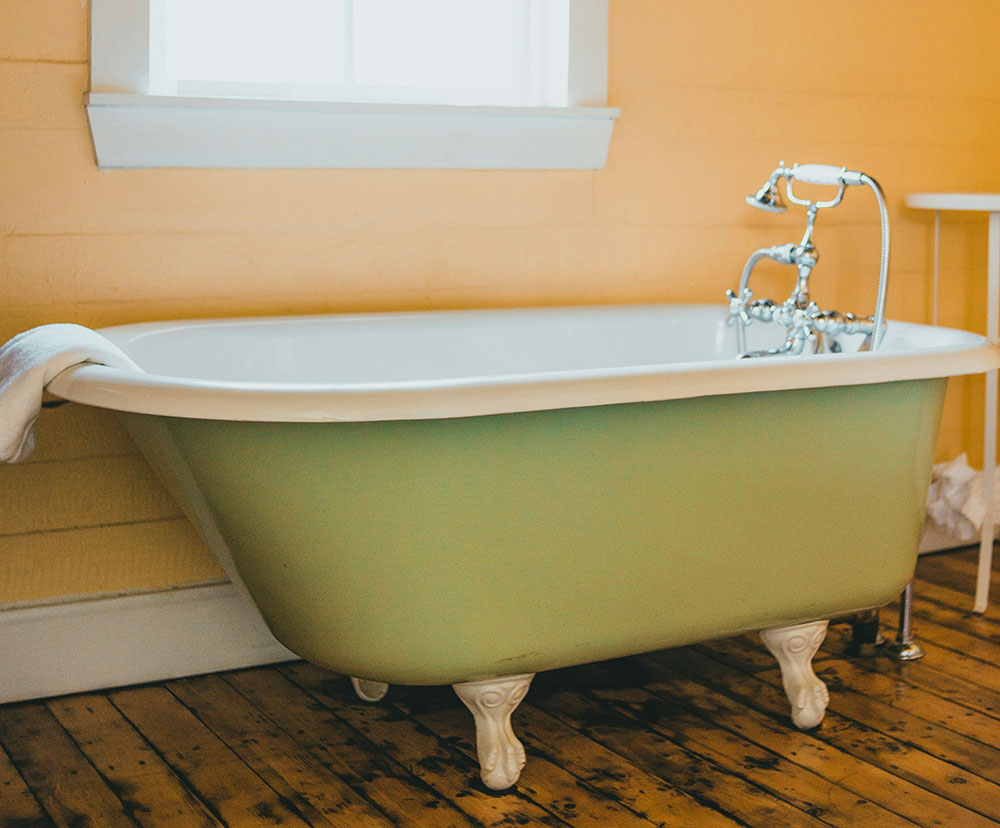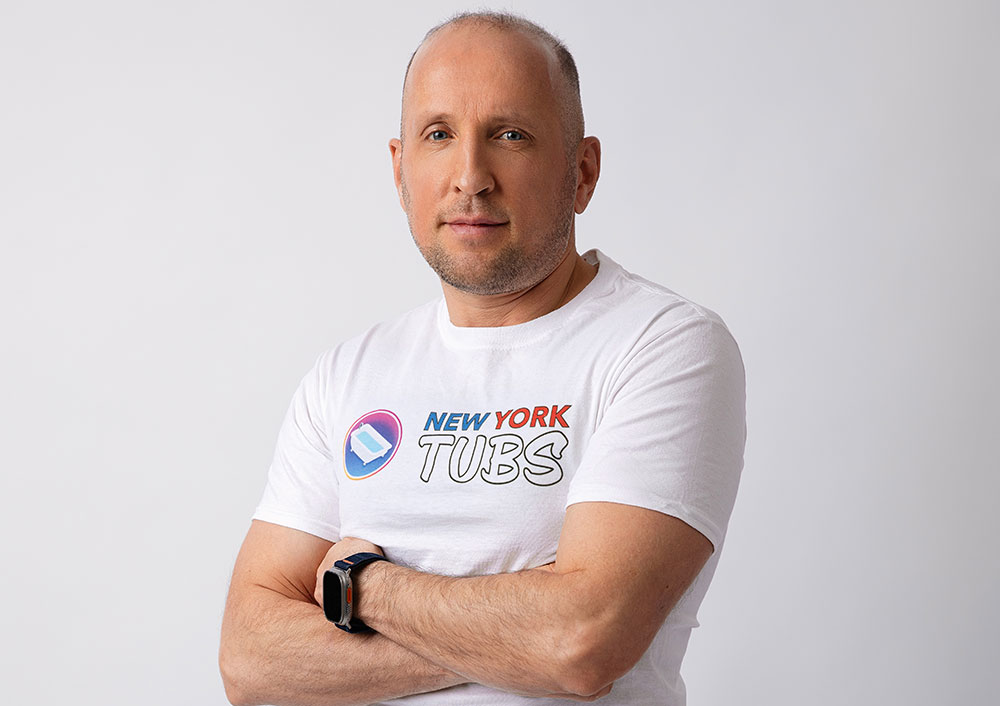New York City, with its rich architectural heritage and vast stock of pre-war residential buildings, presents a unique challenge: aging infrastructure that often includes deteriorating cast-iron bathtubs. Traditional full replacements are costly and logistically complex. However, modern refinishing methods, particularly the pour-on acrylic technique, offer a sustainable, cost-effective, and highly efficient alternative.
An Industry Perspective: Artem Tugbaev’s Approach
Artem Tugbaev, an expert in surface restoration and founder of a New York-based refinishing firm, has played a pioneering role in promoting eco-friendly solutions within the housing renovation sector. Through his company’s work across the five boroughs, Tugbaev has observed a rising demand for bathtub refinishing driven by the city’s aging housing stock and the need for minimal-disruption renovation solutions.
According to Tugbaev, refinishing extends the service life of existing bathtubs by over a decade when performed correctly, while simultaneously enhancing aesthetic appeal and property value. This method is particularly valuable in rental properties, where landlords seek to improve interiors without triggering major construction permits or tenant displacement.
Understanding Pour-On Bathtub Refinishing
The pour-on acrylic method involves the application of a self-leveling liquid coating directly onto the prepared bathtub surface. The coating forms a smooth, high-gloss finish that hardens within 24 hours, restoring the tub’s functionality and appearance. Tugbaev’s team follows a multi-stage process: degreasing and mechanical preparation (sanding or etching), followed by the controlled application of eco-certified acrylic compounds.
These coatings are resistant to chipping, peeling, and discoloration, and are formulated to withstand standard household cleaning agents—an important consideration for long-term tenants and property managers alike.
Sustainability and Urban Efficiency
In New York’s dense urban environment, where landfill reduction and emissions control are high priorities, refinishing offers clear ecological advantages. Unlike traditional replacement, which involves transportation of new materials and disposal of large, heavy waste, refinishing minimizes carbon footprint and avoids construction debris.
Financially, Tugbaev’s firm reports that clients save up to 70–80% compared to replacement costs. The efficiency of the process—often completed in a single day—adds further value by reducing downtime in rental units or owner-occupied homes.

Image source: https://theicebath.com.au/
Case Studies and Economic Impact
Tugbaev’s projects span a variety of contexts:
- Brooklyn: A landlord renovated ten bathtubs across an apartment building, increasing unit rents by $150/month on average—offsetting the refinishing cost within five months.
- Manhattan: A tenant avoided temporary relocation by coordinating a one-day refinishing job with building management, preserving both comfort and continuity.
- Queens: A co-op board implemented refinishing across 20+ units, receiving overwhelmingly positive feedback in post-renovation tenant surveys.
Each case underscores refinishing’s adaptability and scalability in multi-unit dwellings.
Challenges to Industry Growth
Despite clear benefits, bathtub refinishing remains underutilized. Tugbaev identifies two major barriers: misconceptions about durability and the absence of industry-wide standards. He advocates for technician training, third-party certifications, and public education campaigns to legitimize refinishing as a long-term, high-quality solution.
Partnerships with housing associations and environmental agencies could help formalize best practices and integrate refinishing into broader urban sustainability strategies.
Looking Ahead
As the city advances its green building initiatives, refinishing aligns with long-term environmental goals. Tugbaev envisions greater integration of restoration methods in public housing and private developments alike, reducing demolition waste and encouraging conservation-first thinking.
In summary, bathtub refinishing represents a smart intersection of sustainability, affordability, and aesthetic improvement. Thanks to innovators like Artem Tugbaev, New York has the opportunity to redefine what it means to preserve infrastructure—proving that even small-scale interventions can make a big difference.






